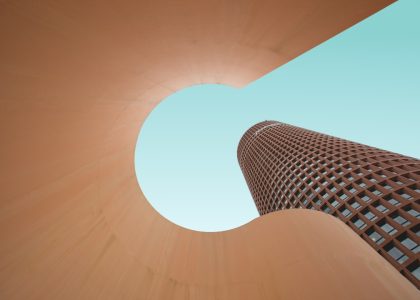Introduction
Mural light, often referred to as “painting with light,” has become a popular and innovative way for artists to create stunning visual displays. It is an art form that involves projecting images onto walls, buildings, or landscapes using high-quality projectors and LED lights. In recent years, the popularity of mural light has skyrocketed, and it has become a go-to medium for artists to add a new dimension to their creations. In this article, we will delve deep into the history and significance of mural light and explore its role in contemporary art.
The History of Mural Light
The concept of mural light can be traced back to the early 20th century when artists began experimenting with light and shadow to create visual illusions on the stage. In the 1920s and ’30s, the technique of using colored gels and projection equipment was developed, which allowed for the creation of complex lighting effects. However, it wasn’t until the 1960s that the term “mural light” was first coined.
One of the earliest pioneers of mural light was the American artist James Turrell. He began experimenting with light installations in the 1960s and ’70s, creating what he called “perceptual cells,” which were small rooms filled with light and designed to disorient the viewer’s sense of space and time. Turrell’s work inspired generations of artists to explore the possibilities of mural light and its ability to transform spaces.
The Significance of Mural Light in Contemporary Art
Mural light has become a significant medium in contemporary art for several reasons. Firstly, it allows artists to create immersive and interactive experiences for their audiences. The use of projection mapping technology makes it possible to create 3D effects and to animate images, adding a new level of interactivity to the artwork.
Secondly, mural light addresses the changing nature of art in the digital age. With the rise of social media and the internet, traditional forms of art such as painting and sculpture are becoming less relevant to younger generations who are more accustomed to experiencing art through digital platforms. Mural light offers a way to bridge the gap between traditional art forms and the digital world, creating work that is both visually impactful and shareable on social media.
Finally, mural light offers artists a way to transform existing spaces and buildings into works of art. By projecting images onto the walls of buildings, artists can create new visual experiences and revitalize urban spaces, turning them into public galleries.
The Different Techniques of Mural Light
Mural light can be created using several different techniques, including projection mapping, LED lights, laser light, and holographic projection. Projection mapping involves using advanced software to map out the surface of a building or object and then projecting images onto it, creating a 3D effect. LED lights are often used to light up buildings or structures, creating beautiful and stunning visual displays. Laser light is used to create precise and intricate patterns, while holographic projection creates lifelike and realistic images that appear to float in the air.
Conclusion
Mural light has become an incredibly significant medium in contemporary art, offering artists a way to create immersive, interactive, and visually stunning works. Its ability to transform existing spaces and buildings into works of art has made it particularly popular for public art projects. As technology continues to evolve, it will be exciting to see where this innovative medium takes artists in the years to come.

